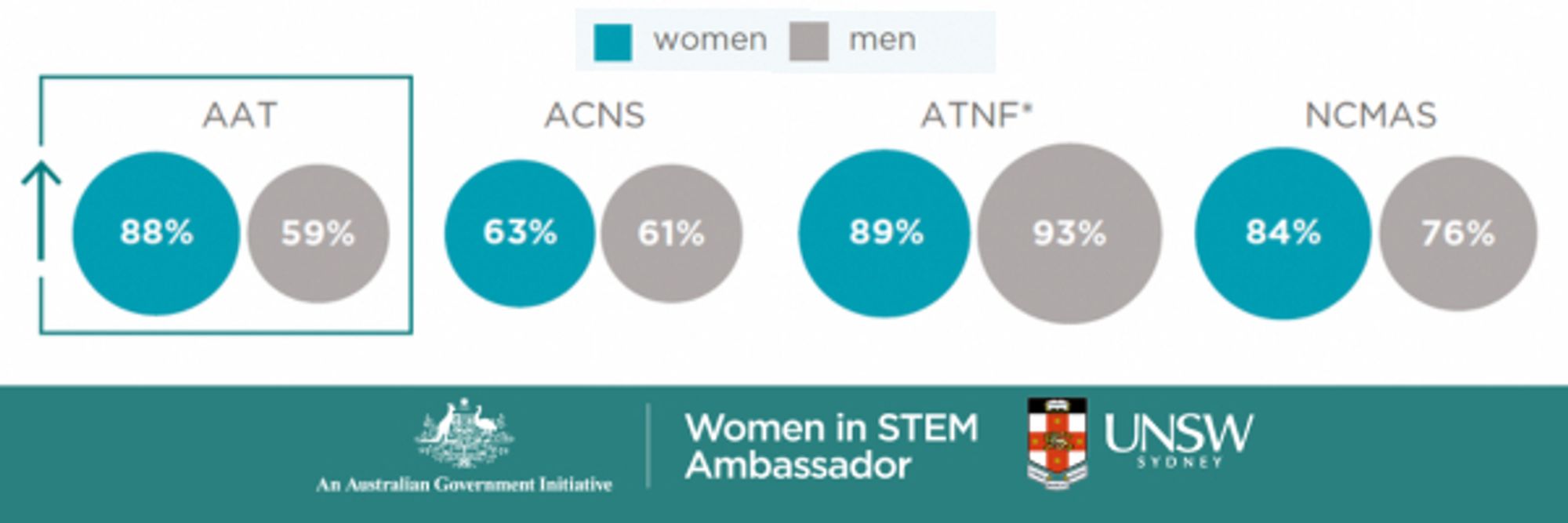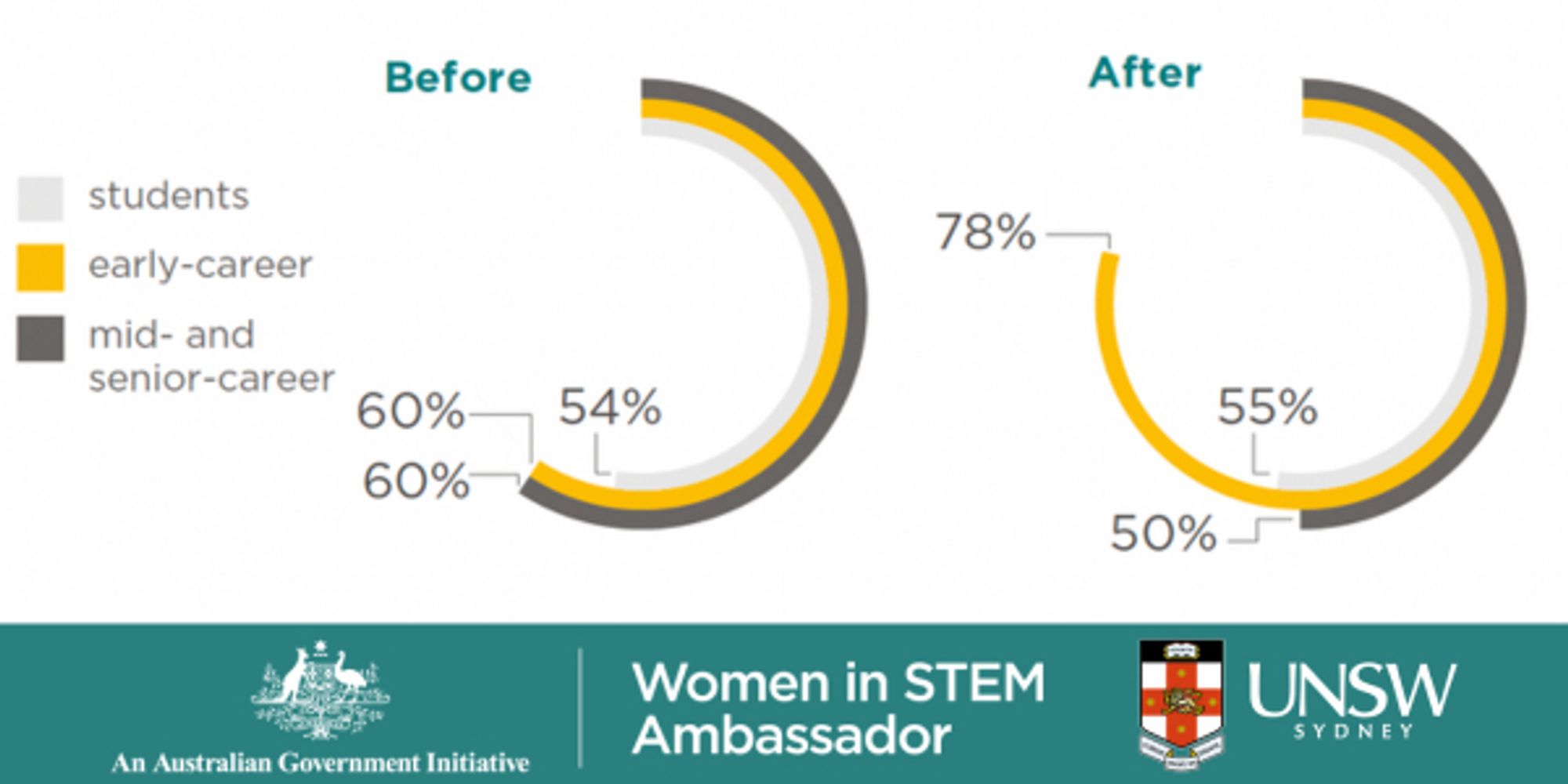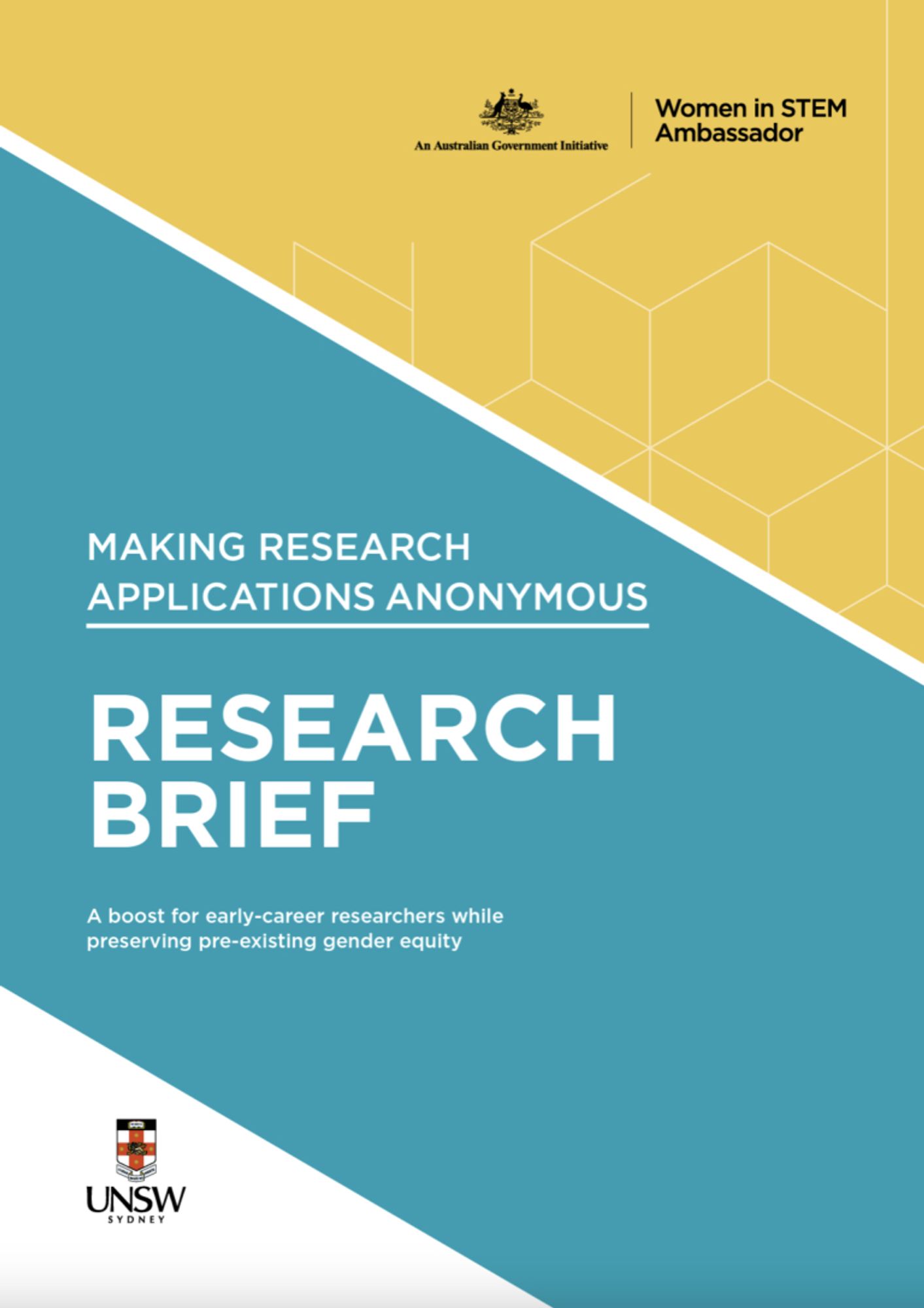
ATNF applied ‘semi-anonymisation’ by using first initials and surnames for names, removing affiliations, shifting the applicant list to the last page, and arranging it alphabetically to conceal the lead investigator’s identity.
AAT, ACNS, and NCMAS required applicants to anonymise their applications by excluding names and affiliations in the application text, using third-person language, and providing team expertise and background in a separate document.
These entities were: - Anglo-Australian Telescope (AAT) - Australian Centre for Neutron Scattering (ACNS) - Australia Telescope National Facility (ATNF) - National Computational Merit Allocation Scheme (NCMAS)
Curious about our data? Our dataset contained 4,582 applications and their outcomes (3,348 from rounds before anonymisation, and 1,231 from rounds after anonymisation was implemented) from four Australian entities that allocate access to specialised scientific equipment.
Finding 3: Anonymisation generally maintained the existing gender equity landscape, barring one case of improved success rates for women-led applications and not men-led applications following anonymisation.

Finding 2: There was a noteworthy absence of gender differences in application scores, success rates and allocated resources before anonymisation at all organisations.

Here, we highlight three key findings: Finding 1: Anonymisation boosted success rates for applications led by early career researchers and decreased success rates for more senior-career researchers at one of the organisations, irrespective of the applicant’s gender.

We, the Women in STEM Ambassador team, have released our most recent research findings from a trial across Australia to study the effects of anonymising applications for the use of specialised scientific equipment. womeninstem.org.au/anonymised-r...

A 2023 study of almost a quarter of a million US academics showed that women are leaving research at much higher rates than men are, and toxic workplaces is the number one reason. What can be done about it? #AcademicChatter#Academia#STEM#sciencejobstheconversation.com/how-your-mon...

Studies reveal women’s research receives tougher assessment, less funding, fewer prizes and less citation than men’s.
1/ New paper! “Gender and retention patterns among U.S. faculty” w/ N Laberge KH Wapman @samzhang AC Morgan M Galesic BK Fosdick @danlarremore @aaronclauset: www.science.org/doi/10.1126/... A systematic study of gendered rates & reasons for faculty attrition in US academia 🧵

